7 ways to style your home more sustainably
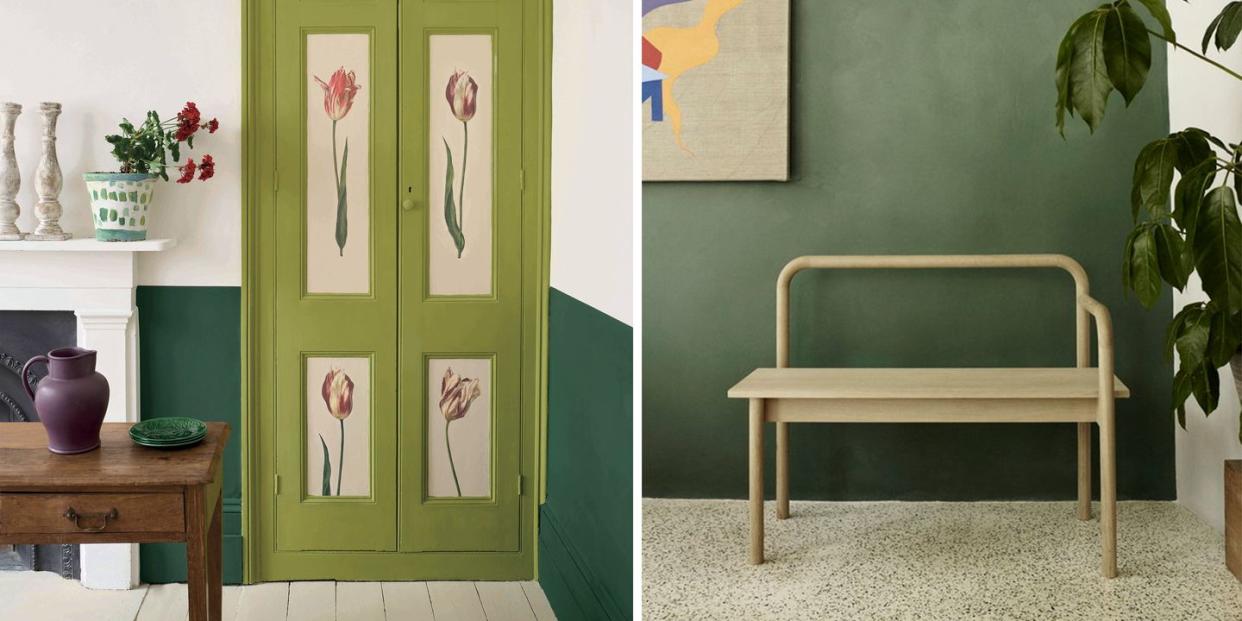
Most of us partake in small, daily habits driven by a desire to live more sustainably. We recycle, avoid plastic packaging, grow our own vegetables, and cycle to work. Whilst it can sometimes be difficult to see the impact of individual action, change really does begin at home, and it is the accumulation of these small efforts that add up.
If we look at our immediate surroundings, at the rooms in which we are spending more and more of our time, there are plenty of small changes we can be making towards decorating more sustainably too.
It's an inevitability that furniture will wear out, flooring will need replacing, and perhaps before all of that, our tastes will evolve. There is no need to refrain from decorating for pleasure, or for comfort, or even to keep up with trends, but there are design choices we can make that won't jeopardise the other conscious decisions built into our daily routine.
"A more conscious way of living is at the top of our priority list, as the climate crisis worsens and we all try to do our bit to help," says Sophie Hill, Marketing, Insight and Innovation at Rothley. "We’ve seen a clear shift towards more conscious choices, whether that is materials or extending the life of items around the home rather than buying more things."
Read on for 7 ways to decorate your home more sustainably...
1. Give your furniture a facelift
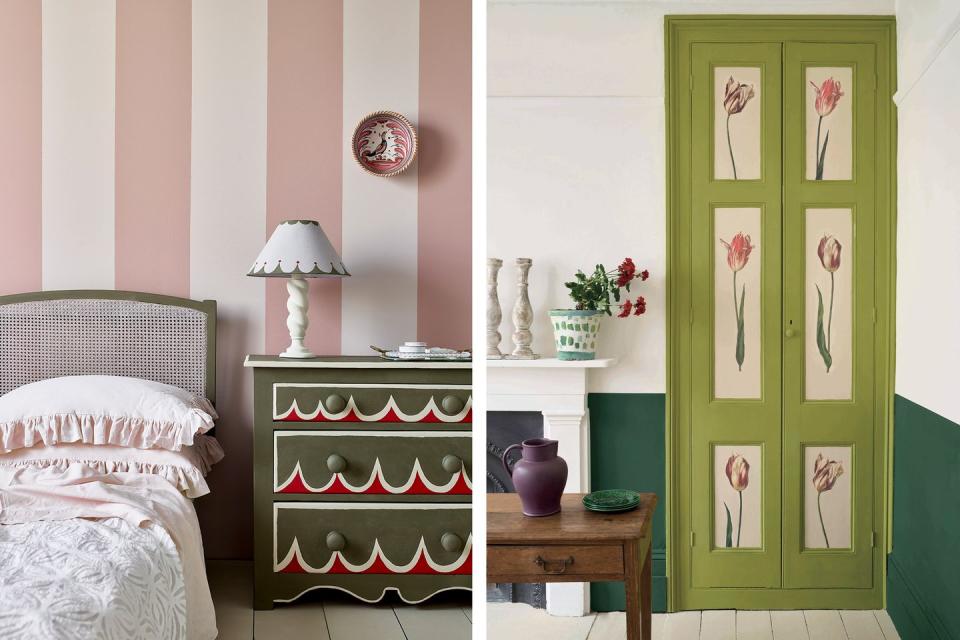
"Low-waste living and upcycling is at the heart of creating a mindful home," says Sophie. "We have definitely seen a rise in upcycling which is likely to continue – from people sewing and making over old outfits, to making garden furniture out of wooden pallets. For the less experienced DIY-ers, taking an old piece of furniture and customising it is a great way to reduce waste and also means no one else has the same piece as you."
Lucy Ackroyd, Head of Design at Christy suggests painting or wallpapering old pieces of furniture – Annie Sloan's range of chalk paints and decoupage papers (pictured above,) is perfect for this.
"Instead of throwing your old furniture away and buying new, a lick of paint could just be the magic you’re looking for to take your unloved wardrobes, tables, and shelves from drab to luxe," says Lucy. "As well as paint, you can also add stickers, vinyl or even wallpaper to update storage units - don’t forget to swap out knobs and handles with more palatial-looking fixtures and accessories as well."
2. Purchases that support communities
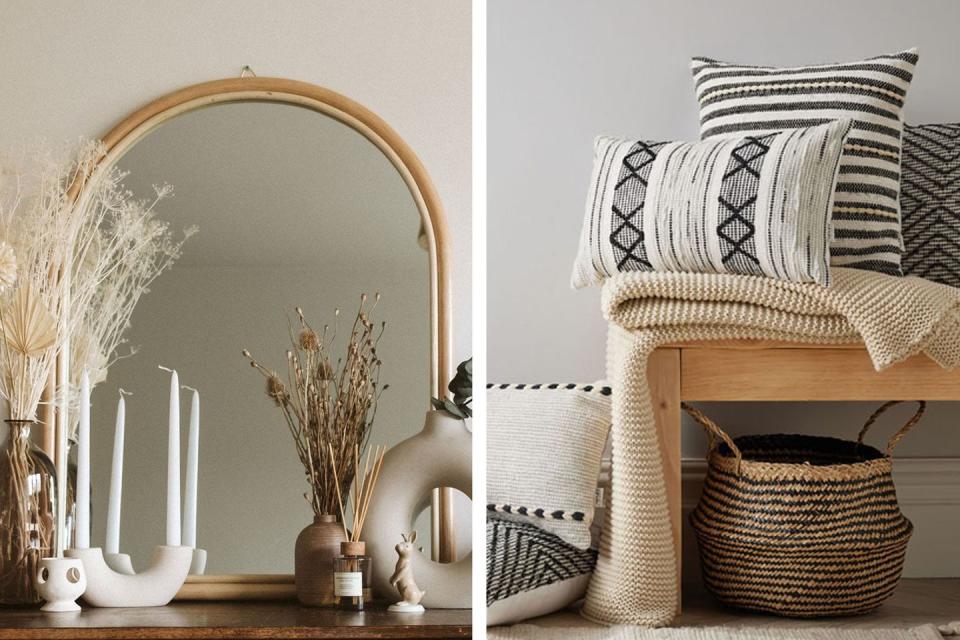
Sourcing handmade textiles and accessories is one of the easiest steps towards more sustainable home design. Products that use traditional craftsmanship – especially techniques that still require human hands – are less environmentally invasive and can support artisan communities.
Christys SPUN cushions range is made using recycled materials by Indian craftswomen, The Rattan Company sources and crafts its rattan products from local farmers and artisans in South-East Asia supporting a natural economy, whilst Nkuku carries a huge variety of traditional kilim textiles that are still woven, braided and stitched on handlooms.
3. Go for quality with your high-wear textiles
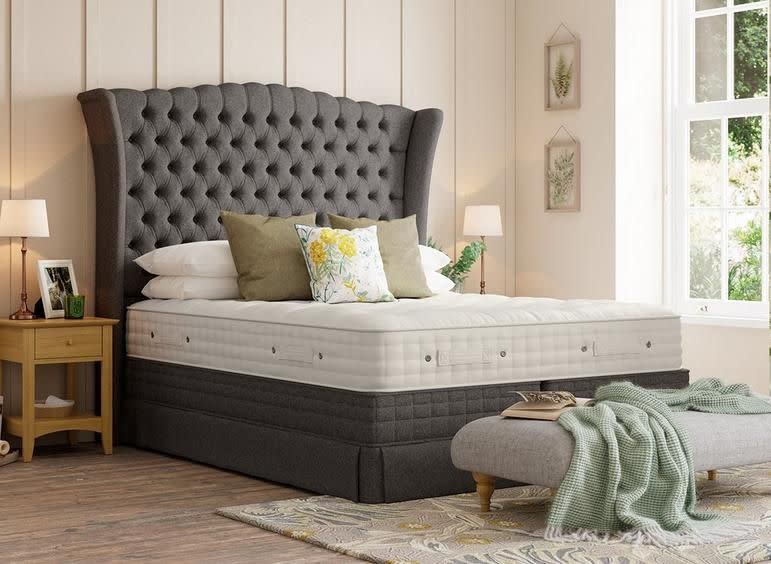
Extend the lifecycle of high-wear textiles such as towels, mattresses, and bedlinen by buying high-quality pieces made from natural or recycled materials.
John Lewis has a range of bedlinen from EarthKind™ that uses reclaimed natural filling from second-hand pillows and duvets which is then sorted, cleaned, and remade by hand. And our own Country Living mattresses at Dreams are handmade in the UK using the highest quality British wool which is 100% natural, renewable, and biodegradable.
"Keeping textiles out of landfills is another key way to look after our environment," says Lucy. “To avoid immediate wear and tear, buy high-quality towels. Seeing as towels are such hard-working bathroom accessories, this is exactly why you should invest in them. Look out for towels with double-turned edges and double stitching, which will lower the risk of the towel fraying over time. The higher the quality of the towel, the longer it will last, which will save you money and the planet in the long run as you won’t need to replace your towels so often."
4. Pick the most natural materials
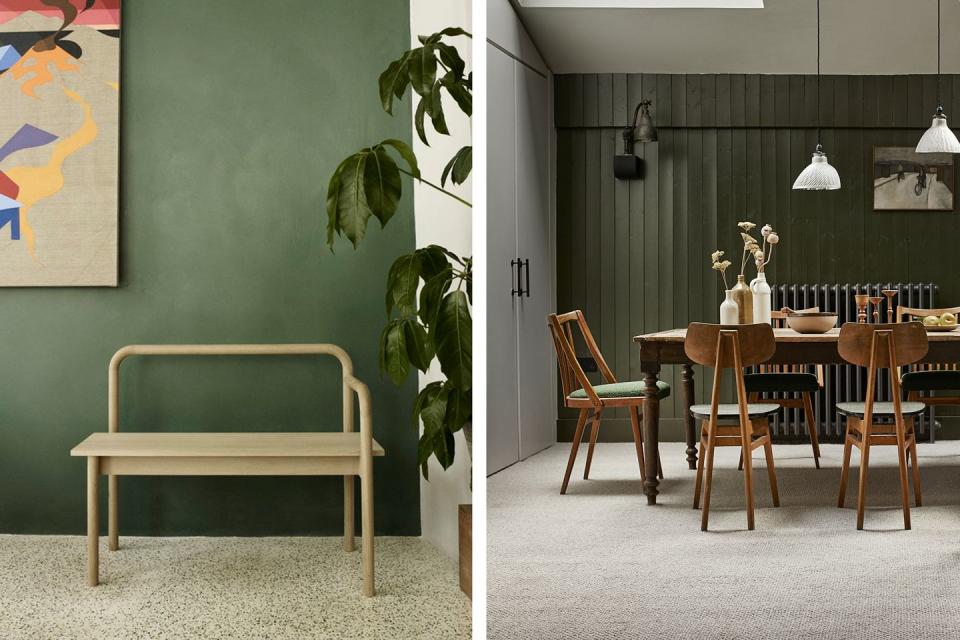
"Sustainability and use of organic materials have become prominent in recent years," says Ben White, design and trade expert at Swyft. "With the public's increased exposure to climate change, the idea of sustainability has fed into the interior industry and our homes. This will translate into how we buy furniture; a move towards furniture items with reclaimed woods and accessories with recycled glass and metal...investing in meaningless furniture and accessories is a thing of the past."
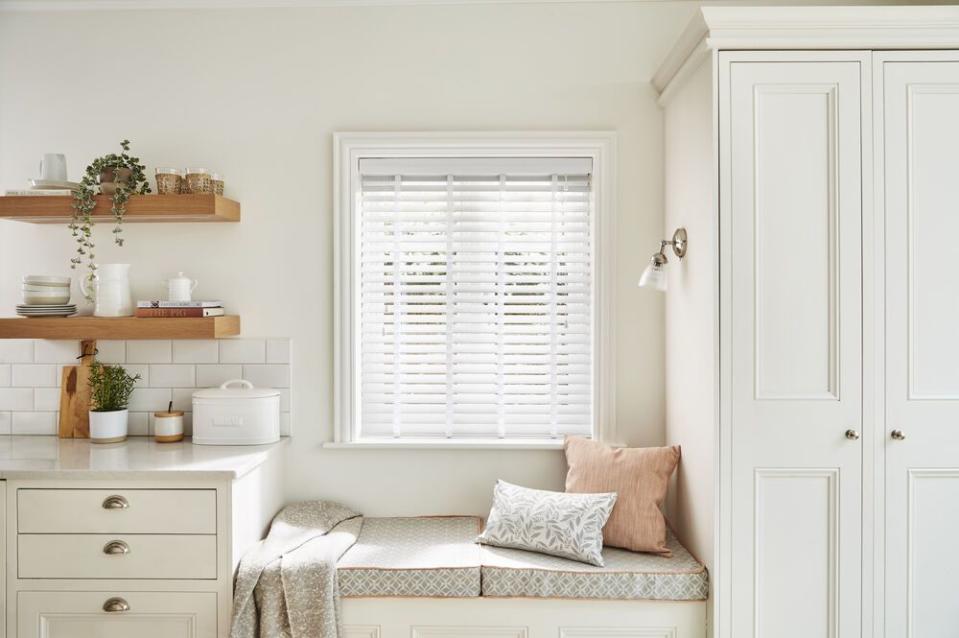
Some of the most sustainable materials for your home include:
Bamboo - one of the most renewable resources available due to its ability to grow rapidly in various climates.
Wool - a renewable, biodegradable, and recyclable fibre. Certified organic wool guarantees that pesticides are not used on pastureland or on the sheep themselves.
Cork - only the bark from the cork tree is harvested, which removes the need for felling.
Teak - as far as woods go, teak is a safer choice as trees in Indonesia are subject to strict government guidelines, with restrictions on felling and a programme of replanting.
Hemp - grown free of pesticides and fertilisers, hemp uses 50% less water than cotton in the manufacturing process.
5. Go green with paint
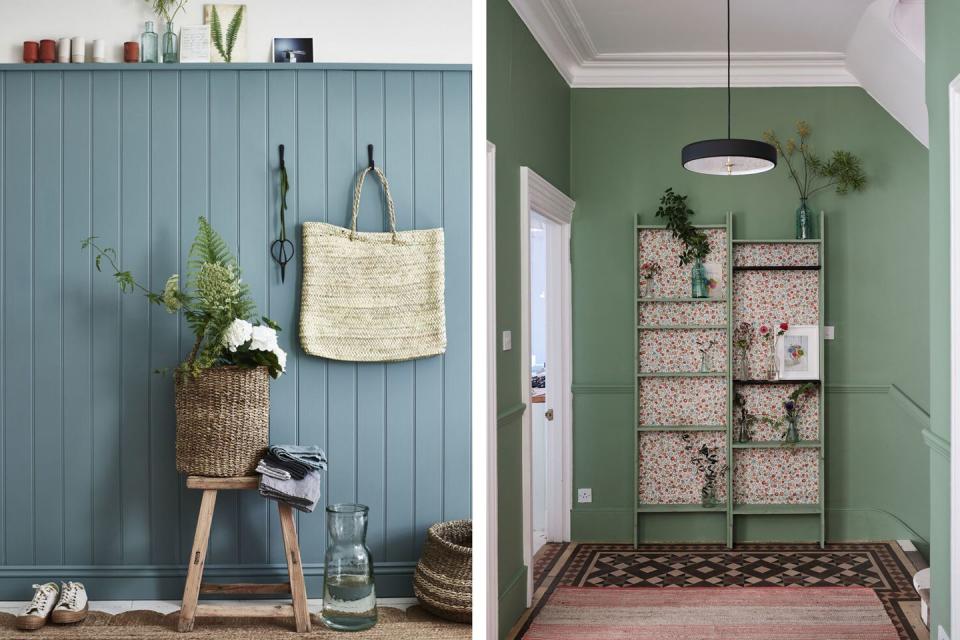
VOCs, or Volatile Organic Compounds, are found in many household products and appliances including cleaning products, fridges, and paints. They can leach into our environment causing eye, nose, and throat irritation and respiratory problems in the most severe cases. Aside from adverse health implications, the emission of VOCs into the atmosphere causes the formation of ground-level ozone, which leads to smog.
When redecorating your home, look out for low or zero-VOC paint – most paint companies will include VOC levels on their paint tins, so make sure to check for 5g/L or less – and there are added benefits too if your paint is air purifying, which reduces pollutants in the surrounding environment.
6. Use houseplants as a natural way to brighten your home
Bringing the outside in with the addition of houseplants not only helps to purify the air, says carpet and flooring retailer, Tapi, but also creates a sense of calm in your space. The pop of colour that greenery brings is also a brilliant way of brightening a space without resorting to manmade materials.
Better still, every room of your home can benefit from plants - from tall leafy varieties in the living room to petite (and delicious) herbs in the kitchen.
For a fuss-free way to add plants to your home, we recommend easy-to-maintain plants such as Boston ferns, peace lilies, rubber plants, and bamboo palms. Simply choose an eye-catching planter and you can enjoy a touch of nature all year long.
7. Choose eco-friendly décor
We all love adding personality to our homes with décor, soft furnishings and artwork, but sometimes it can seem like our options are limited when it comes to making sustainable or planet-friendly choices.
We think there is plenty to be chosen from, as long as you’re happy to get a little creative or try out the odd switch. Tapi suggests the easy change from fresh flowers to a dried bouquet (you can even have fun making your own). Dried flowers come in a huge variety of colours, won’t wilt and are guaranteed to last for a very long time - no water top-up needed!
Another great option is to choose soft furnishings crafted from natural materials (such as cotton, wool or bamboo fibre) rather than their synthetic counterparts. Natural materials are biodegradable, whereas synthetic materials are not - plus, natural materials last longer, too.
For décor in general, try to choose pieces you’ll cherish for a long time - discarding homeware solely based on trends is never going to be good for the planet.
You Might Also Like


